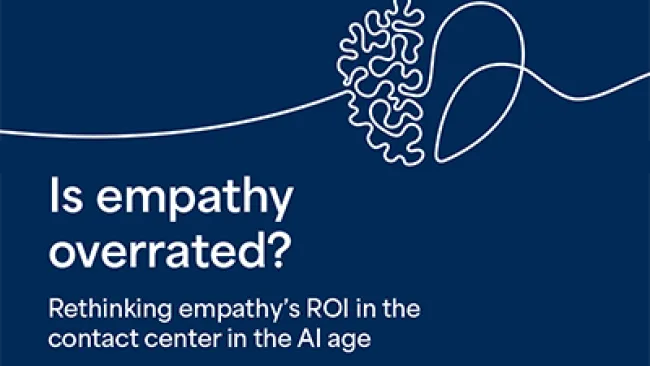Every business leader knows that blasting consumers with generic messages is not an effective engagement strategy. Instead, organizations are striving to identify the right time and place to serve relevant content that speaks to each customer's needs and interests.
As brands and marketers race to meet consumers in those unique micro-moments, the ability to analyze and make decisions against data insights has become critical. However, effectively leveraging data to drive business outcomes includes numerous challenges. Here are three tips to help marketers overcome those challenges and advance their data-driven strategies.
Define Your Goals
The proliferation of channels gives marketers an ever-growing mountain of user information including data from emails, mobile devices, social media, purchase histories, and more. This data deluge presents brands with innumerable opportunities to enhance the customer experience. One of the core tenets of exceptional customer experience is differentiating the experience based on a customer's individual preferences and history.
Strategically streamlining customer data across departments like marketing, sales, and customer service will make it easier for companies to provide personalized interactions at every touch point. And data integration tools can help departments connect disparate data points and systems. At the same time, not all data is equally important. Defining your goals in delivering a better customer experience—whether it's to provide faster service or more targeted messaging, for example—will help to determine which types of data to optimize and process for better insights.
Collaborate for Success
While marketers want to generate insights and strategies from millions of data points, many struggle to analyze and interpret the data to create effective strategies and plans. And while data scientists may be able to churn out graphs and charts based on the data, it's not effective if they can't communicate the insights effectively to other departments. Agreeing on a shared set of metrics and terminology can help bridge the gap between different departments and encourage collaboration. It's common for departments to operate separately. But sharing the same information across departments and working towards the same goal can help companies remove those silos.
Focus on Simplicity
The best uses of Big Data often involve simplifying the product or service for customers. For example, customers are increasingly looking for self-service solutions that quickly provide them with the answers they're looking for. However, enabling customer-facing self-service features require the coordination of disparate data systems and work flows on the backend. But taking the time to streamline and connect these systems can greatly boost customer satisfaction.
In some ways, the best customer experience for today's consumers could be one that doesn't involve a contact center or interacting with an employee. But there's still a need for contact centers to act as a net if customers need more help, which makes it important for companies to close the loop between self-service capabilities and live help to provide consistent service.
Needless to say, building a data-driven organization is a difficult endeavor. It requires a commitment to creating a solid foundation for success, both operationally and technically. Employees will also need to make an ongoing commitment to data interpretation and action to stay on top of developing changes. But if done correctly, data can be a game-changing opportunity for any company.
Also, check out the most recent issue of our eNewsletter.
Three Tips for Driving Business Outcomes with Big Data
















